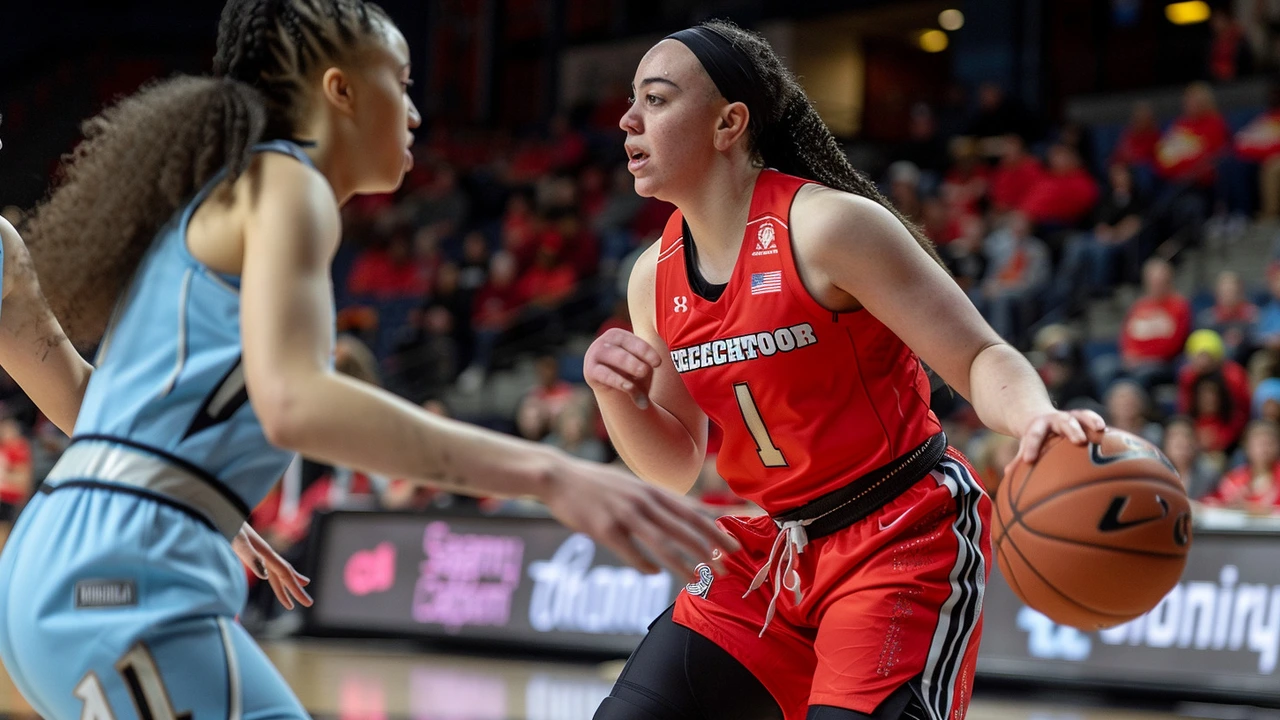
Caitlin Clark and Chennedy Carter Incident: A Deeper Look
In the ascending landscape of the WNBA, moments of contention have become more amplified, reflecting the league’s expansion and the growing passion of its fanbase. A recent incident between Caitlin Clark and Chennedy Carter has epitomized this trend, drawing unprecedented attention and debate. What started as an on-court altercation during a game between the Chicago Sky and Indiana Fever evolved into a much-discussed event, marking a significant moment in the sport's narrative.
The Incident: Sparks Fly
It all began with an aggressive shoulder check by Chennedy Carter on Caitlin Clark, a move that many perceived as a deliberate and unnecessary blow. This type of physical play is hardly uncommon in the WNBA, a league known for its intensity and competitive spirit. Yet, this particular incident struck a different chord. The hit was deemed excessive by a large segment of viewers and pundits who felt it merited an immediate foul call and subsequent disciplinary action. Instead, the lack of an upgrade or punishment led to widespread outrage.
Social media quickly became a battleground of opinions, with fans, sports analysts, and former players weighing in on the altercation. Some argued that the physicality was part and parcel of the game, while others saw it as a breach of ethics that should be reprimanded to maintain the sport's integrity. Carter's decision to stay silent only poured more fuel on the fire, leaving spectators to speculate and discuss the implications of her actions.
Clark’s Response: Steady and Unyielding
On the other side of the controversy, Caitlin Clark’s handling of the situation garnered her significant respect. Rather than pointing fingers or engaging in the blame game, Clark chose to keep her focus on the game, addressing questions about the incident calmly and responsibly. Her approach not only highlighted her maturity as a rookie but also underscored the increasing professionalism players exhibit amidst growing pressures and scrutiny.
This incident also draws attention to the robust marketing strategies revolving around emerging talents and rivalries in the WNBA. Clark’s composed reaction and her rising star status amplified the narrative, acting as a catalyst for even broader discussions about player conduct and expectations in professional women’s basketball.
Historical Context and Comparisons
When examining the Clark-Carter altercation, it becomes essential to place it within the historical context of similar incidents in the WNBA. Such moments often serve as flashpoints, revealing underlying tensions and progress within the league. One cannot forget the infamous flagrant foul by Alyssa Thomas or the provocative exchange between Diana Taurasi and Seimone Augustus, episodes that left lasting impressions on fans and solidified rivalries.
The recent uproar is thus not just about a single incident but part of an evolving story reflecting the WNBA’s dynamics. This growth involves an expanding fanbase and greater media attention, which inevitably brings the actions and accountability of players under a more intense spotlight.
Media Dynamics and Player Accountability
The incident also sheds light on the growing role of the media in shaping public perception and holding players accountable. As the league garners more attention, interactions between players and the media become more scrutinized. The refusal of some players, like Angel Reese, to engage with the media only fuels the fire, highlighting a broader issue about the responsibilities and pressures placed on athletes in the modern era.
Furthermore, the record-breaking crowd at the rematch between Chicago Sky and Indiana Fever underscores the heightened interest and investment in the league's narratives. Fans are not just casual observers; they are deeply invested in the stories, rivalries, and careers unfolding before them. This spectacle of anticipation and scrutiny is a testimony to the WNBA’s growth and its ever-expanding influence in the sports world.
Implications for the Future
The Caitlin Clark-Chennedy Carter incident serves as a microcosm of the larger shifts occurring within the WNBA. It reveals the league's path as it balances maintaining traditional competitive elements while navigating newfound pressures of ethical conduct and player welfare. This incident has managed to strike the public chord for several reasons—its timing, the personalities involved, and the broader narrative of a sport in a state of significant evolution.
As the league continues to grow, it is crucial for stakeholders to address these moments with greater clarity and consistency. Doing so not only preserves the integrity of the sport but also ensures that both players and fans can continue to engage with the WNBA in a meaningful and rewarding way. The evolution of player conduct, the role of media scrutiny, and the heightened interest from an ever-growing fanbase are intricately connected. Together, they chart the future trajectory for professional women's basketball, for better or for worse.
Conclusion
The Caitlin Clark and Chennedy Carter confrontation has emerged as one of the defining moments in the current WNBA season. It not only highlights the intensity and competitiveness of the league but also brings to the fore critical discussions on player conduct, media scrutiny, and fan engagement. In this evolving landscape, every incident, every rivalry, and every reaction adds a new layer to the rich tapestry of professional women's basketball. It's a dynamic, ever-changing story, and one that promises to keep fans and players engaged for many seasons to come.
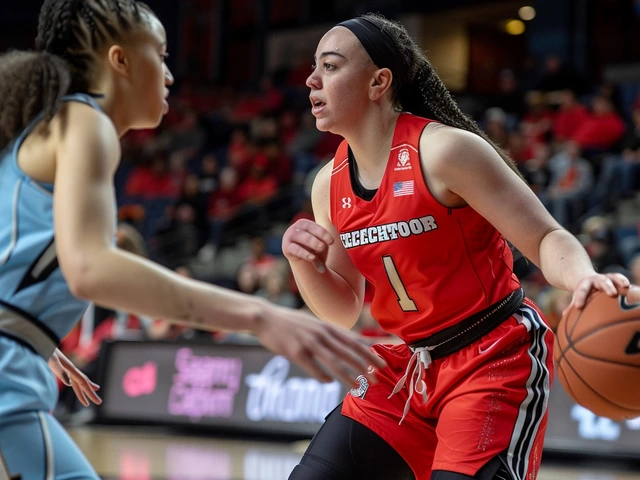
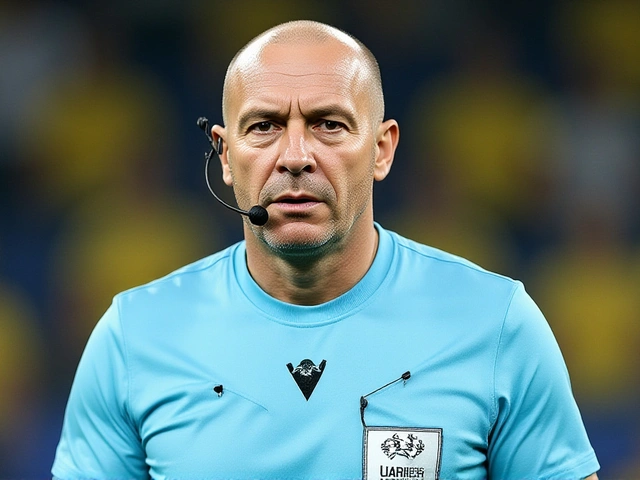
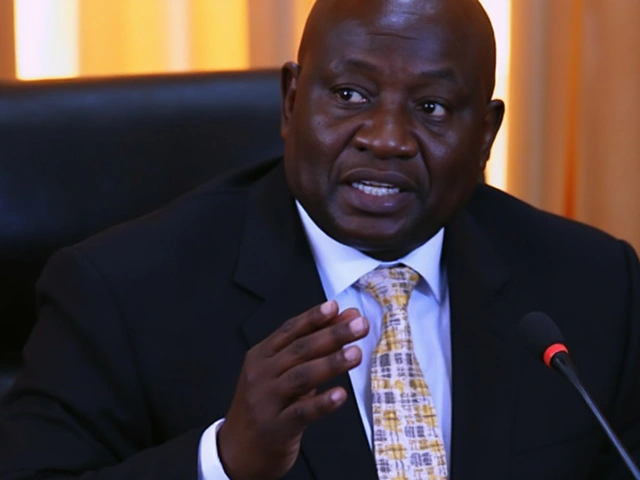
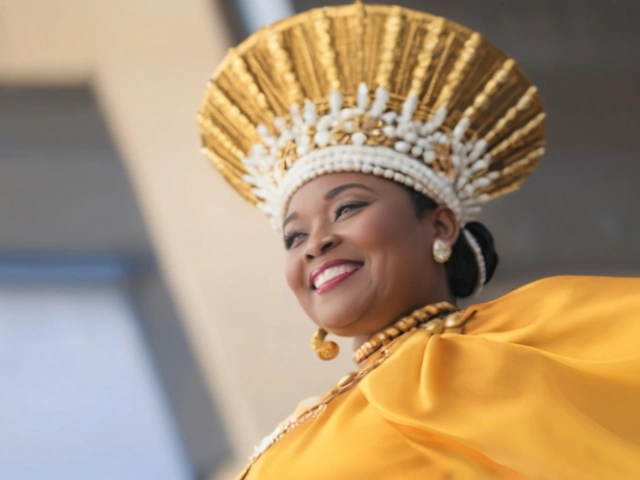
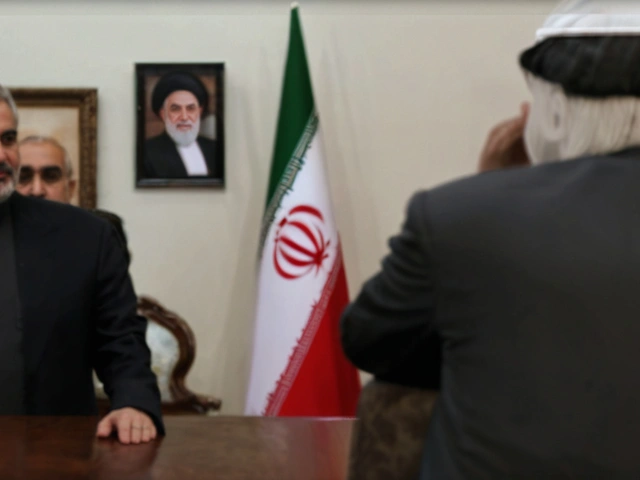
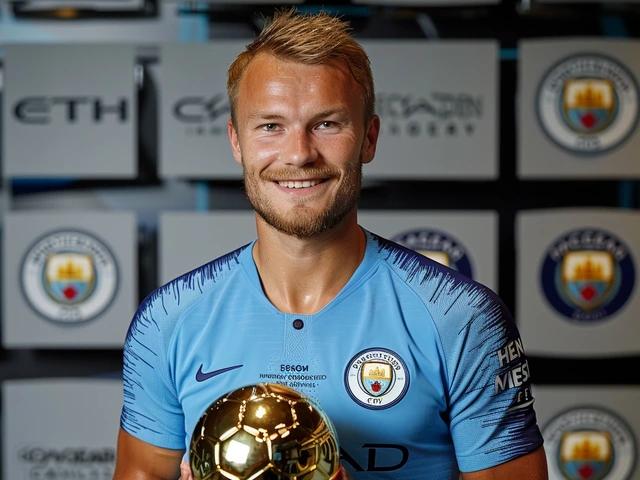
Yo, did anyone else notice that the whole Clark‑Carter drama might be a staged distraction? Some folks say the league's execs plant these sparks to keep the buzz alive while the real money moves behind the scenes. It's like they're pulling strings, and we just get the popcorn. I swear the shoulder check looked rehearsed, like a choreographed bite at a reality show. Maybe it's all part of a grander scheme to inflate viewership numbers before the TV deals close. Anyway, the fans eat it up, oblivious to the puppet masters. Keep your eyes open, people.
Great point! The league definitely benefits from heightened attention, but the players' professionalism shines through regardless. Keep the energy positive and support both athletes as they grow.
When conflict arises on the court, it mirrors the inner turmoil of society-an echo of struggle, a dance of ego and resolve. Yet we must ask: does the spectacle elevate the sport or merely feed our appetite for drama?
Whoa!! 😲 This is exactly why we love the WNBA!! The intensity, the passion-it's all so 🔥! And hey, Clark staying cool? That's BOSS LEVEL composure!!! Keep cheering, fam!!! 🌟💪
Ah, the classic "let's pretend it's just a game" narrative. Sure, but have you ever considered how these incidents are practically a marketing hook? It's almost adorable how the league leans into the drama like a sitcom writer on caffeine.
Enough with the sugar‑coating! Carter's elbow was a blatant intimidation tactic and the refs turned a blind eye. This is an outright injustice that fans should demand accountability for, now!
Looks like another heated moment that’ll fade into the stats soon enough. I’m just here for the game, not the drama.
Yo, I feel you, man. Those moments add spice, but at the end of the day, the ball’s what matters. Let’s keep the convo chill and respect the players doing their thing.
Isn't it inspiring how our top talents turn conflict into opportunity? When the pressure’s on, they channel that energy into performance-a true testament to the power‑play dynamics in professional women’s basketball. Keep the vibes high and the discussions uplifting!
Violence on the court is never acceptable.
Look, this is exactly what the media **does**-they manufacture confrontations to keep us glued to their narrative! The league is practically a puppet show where every shove is scripted to boost ratings!!! We must see through this façade!!!
From a philosophical standpoint, each altercation serves as a microcosm of larger societal tensions. It invites us to contemplate the balance between competitive aggression and ethical conduct. How do we, as a community, negotiate these values without compromising the sport’s integrity?
Esteemed colleagues, the recent incident provides a notable case study in sportsmanship and regulatory oversight. It would be prudent to examine the officiating protocols in depth, ensuring they align with the league’s standards of fairness and professionalism.
I completely agree-clear guidelines benefit everyone. The referees did a good job overall, and we should support them while also encouraging consistent enforcement.
The saga of Clark versus Carter is more than a mere on‑court scuffle; it is a vivid illustration of the evolving narrative architecture within the WNBA ecosystem. First, the physicality of the shoulder check, ostensibly a routine defensive maneuver, was imbued with symbolic weight as spectators projected subtextual meanings onto the gesture. Second, the league’s decision not to upgrade the foul cast a shadow of ambiguity over the adjudicative process, prompting a surge of commentary across multiple media platforms. Third, the ensuing social media firestorm revealed the polarization of fanbases, each camp interpreting the event through the prism of pre‑existing loyalties. Fourth, Caitlin Clark’s measured response, characterized by poise and a focus on gameplay, served as a counterpoint to the chaotic narrative, reinforcing her reputation as a consummate professional. Fifth, Chennedy Carter’s silence, whether strategic or inadvertent, amplified speculation, allowing pundits to fill the vacuum with conjecture ranging from tactical discretion to emotional suppression. Sixth, the incident underscores the league’s broader challenge: balancing competitive intensity with a growing demand for ethical accountability. Seventh, the media’s amplification of the story reflects an industry-wide trend toward sensationalism, where conflict is often leveraged to drive viewership and advertising revenue. Eighth, the historical context of comparable incidents-such as the Alyssa Thomas flagrant foul and the Taurasi‑Augustus exchange-provides a comparative framework that highlights both continuity and change in league disciplinary standards. Ninth, the fan reaction, evidenced by record‑breaking attendance figures at subsequent games, illustrates the paradox of controversy: it can both attract and alienate audiences. Tenth, the incident prompts an examination of referee training protocols, emphasizing the need for consistency in foul assessment to maintain credibility. Eleventh, corporate sponsors, observing the heightened exposure, may recalibrate their investment strategies based on the perceived marketability of such high‑tension moments. Twelfth, player unions might leverage this case to advocate for clearer guidelines and protective measures for athletes. Thirteenth, the broader cultural conversation about women's sports, empowerment, and professionalism is enriched by this episode, offering a platform for deeper dialogue. Fourteenth, the league’s response moving forward-whether through policy revision or public communication-will set a precedent for handling future incidents. Fifteenth, as the WNBA continues its upward trajectory, each episode like this becomes a defining thread in the tapestry of its legacy, weaving together sport, society, and spectacle in an ever‑more intricate pattern.